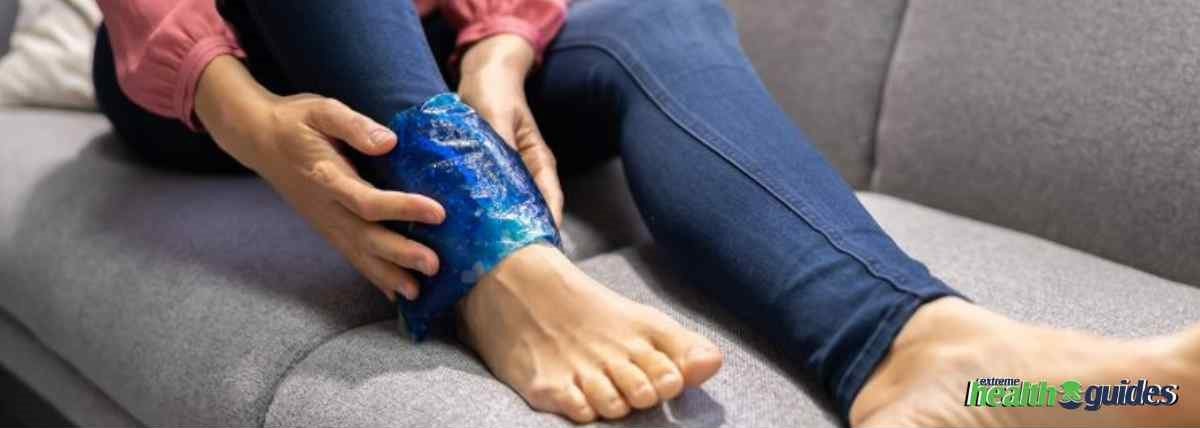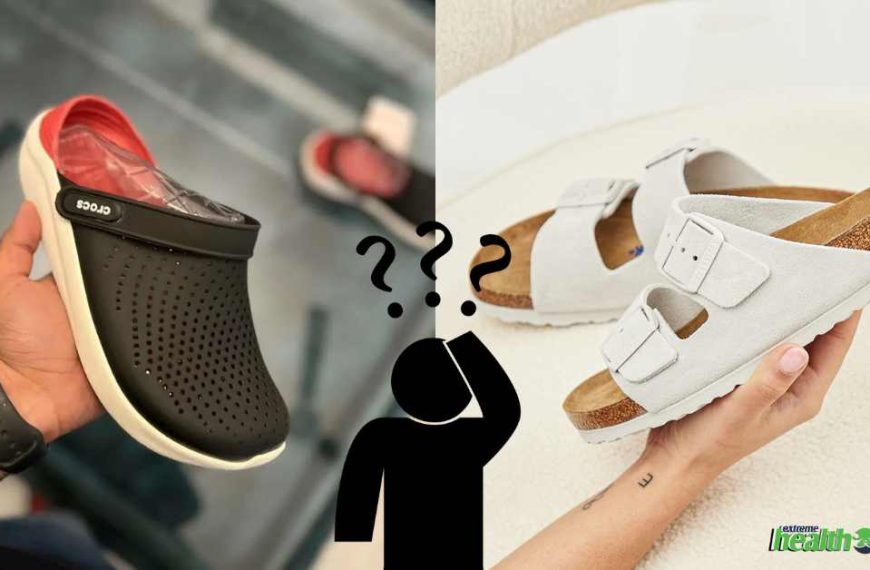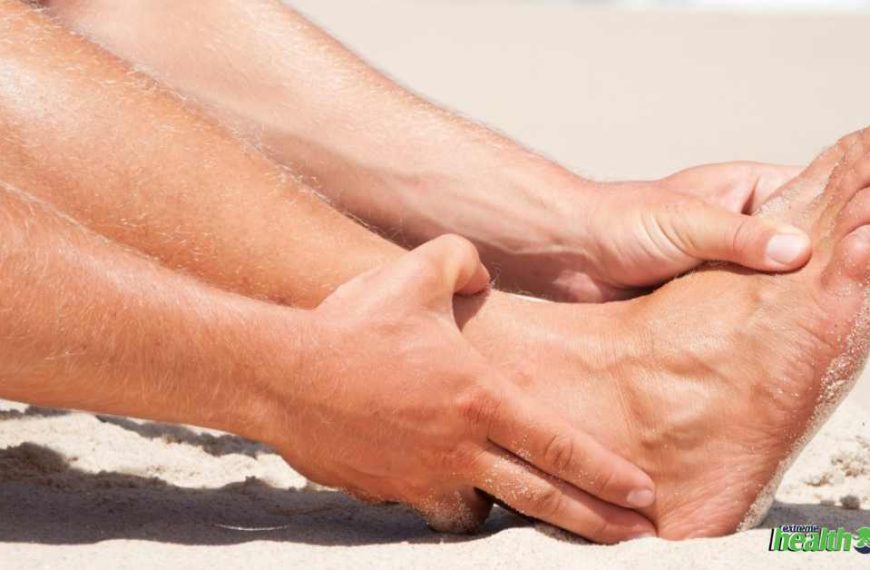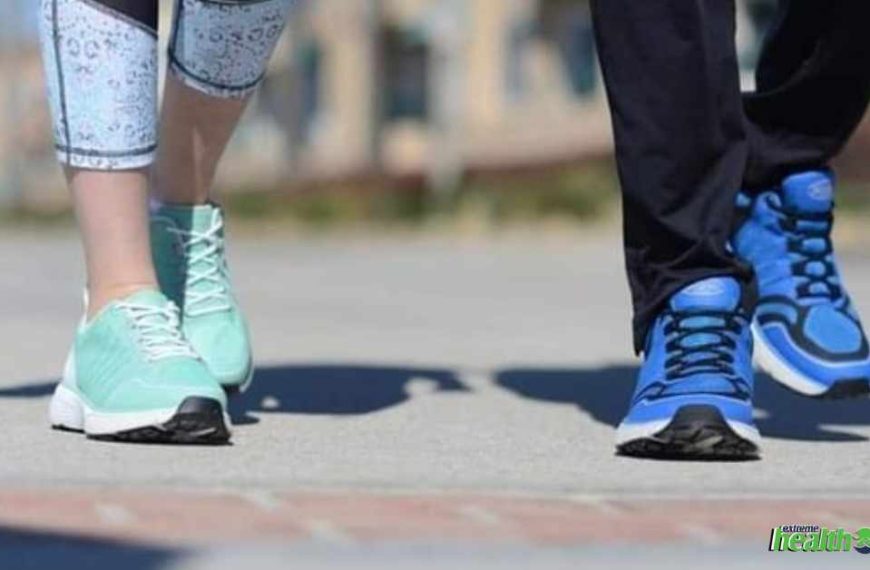Last Updated on November, 2024
Neuropathy in feet is one of the most uncomfortable conditions, especially when it affects your feet. Since the condition is incurable, your best chance of living a comfortable life with neuropathy is by controlling it.
While there are many methods (which we will discuss at the end), one crucial question is whether ice helps neuropathy on feet — this article has the complete answer for that.
Because we’re not doctors, we consulted an experienced neurologist and asked all our questions. This article is a simplified version of what he shared with us.
So, be sure to read through to the end, educate yourself, and live a more comfortable life with neuropathy.
Let’s get started.
Quick Summary
Ice therapy is an effective method for reducing pain and discomfort associated with neuropathic feet.
There are various treatments for neuropathy, such as medication, lifestyle changes, physical therapy, and TENS.
Ice therapy should be used in combination with other treatments and should be administered with caution to avoid frostbite.
Quick Navigation
- What is Neuropathy?
- Does Ice Help Neuropathy in Feet? If So, How?
- Why Do People Use Ice Therapy So Often?
- The Most Convenient Ways to Use Ice on Neuropathic Feet
- The Other Treatments That Can Be Used for Neuropathy
- In Conclusion
- FAQs
- Is Ice Good for Neuropathy in Feet?
- How Long Should You Ice a Nerve?
- Is Cryotherapy / Ice Therapy a Cure for Neuropathy?
- Was this article helpful?
What is Neuropathy?

Neuropathy is simply a medical term used to describe the damage or disease affecting the nerves of the peripheral nervous system, the nervous system outside the brain, and the spinal cord.
The condition is typically found in people who have diabetes or when they are over the age of 65. It’s called peripheral neuropathy (PN) when it affects your feet, specifically the lower leg.
Neuropathy can affect the feet in several ways, such as:
- Numbness or reduced ability to feel sensation in the feet. This can lead to injuries such as cuts or sores that go unnoticed and can become infected.
- Weakness in the foot muscles can lead to difficulty standing, walking, or maintaining balance.
- Burning or shooting pain in the feet.
- Loss of reflexes in the feet can affect the ability to sense the position of the feet and maintain balance.
- Changes in the shape of the feet, such as inflammation or Charcot’s foot.
These symptoms can make walking, standing, or performing daily activities difficult. It may also lead to an increased risk of falls and fractures and can lead to foot ulcers and infections.
So, the question is whether ice really helps with neuropathy in feet — let’s talk about that next.
Does Ice Help Neuropathy in Feet? If So, How?

As mentioned earlier, neuropathy leads to inflammation or numbness since the nerves are damaged.
Using ice on swollen areas is a common practice we all know — so can it really help with neuropathic feet?
Yes, it can.
Ice therapy, also known as cryotherapy, is a common method used to alleviate some neuropathy symptoms in feet by directly reducing inflammation and numbness. This cold therapy’s effect numbs the affected nerves, which reduces the pain and discomfort.
How does it happen?
Ice blocks the transmission of pain signals to the brain, while the cold temperature causes the blood vessels to constrict. This constriction of the blood vessels reduces the blood flow to the affected area, which is why the inflammation goes down.
In parallel, this constriction of blood vessels also causes an endorphin release, a natural painkiller that our body produces.
But is ice a permanent/only treatment for neuropathy in feet? Absolutely not.
The pain relief is temporary, and you should be mindful to avoid frostbite. In fact, ice therapy itself is not enough; you should know how to switch between ice and heat.
You will learn more about it when we tell you about the most convenient, easy-to-use ice on neuropathic feet.
In conclusion, yes, ice therapy CAN be an effective method for reducing pain and discomfort associated with neuropathic feet. However, it’s not appropriate for everyone, and it’s mindful to consult your neurologist if you are to use ice regularly.
But why do people use ice therapy so often? The answer is up next.
Why Do People Use Ice Therapy So Often?

For starters, shooting pain in the feet is pretty common when you have neuropathic feet. Imagine how it would feel if needles pin you on your feet while they’re still numb — that’s what the neurologist tells us.
This numbing pain is very common and sharp, just as much as inflammation. So, people use colds until the pain and inflammation subside. But as mentioned, you should be attentive enough to avoid frostbite and switch between cold and heat.
After all, ice therapy is relatively inexpensive, easy to administer, and can be done at home. This makes cryotherapy the best alternative for people with neuropathic feet who may have difficulty traveling to healthcare facilities or have no access to other treatment options.
Another reason is that cryotherapy is a non-invasive treatment method that brings comfort without needing medication. This non-pharmacological method benefits individuals who can’t take certain medications due to other health conditions or allergies.
The cherry on top is how ice therapy reduces neuropathic pain and swelling, making the body produce Endorphins. This natural painkiller is immensely helpful in strengthening the immune system’s defense against neuropathic pain.
In conclusion, there are many reasons to use ice therapy for neuropathic feet.
Now, let’s look at some of the most convenient ways of using ice on neuropathic feet.
The Most Convenient Ways to Use Ice on Neuropathic Feet

There is no most convenient method as the convenience factor is heavily subjective. However, let us walk you through the most convenient ways with exact instructions.
The first method is using a cold compress. The neurologist’s recommendation is to use a cold compress, such as a bag of frozen vegetables wrapped in a towel, on the affected areas. Ideally, you should keep it there for about 10-15 minutes. You’ll feel how gradually the pain subsides.
If not for vegetables, you can also use ice itself. You can fill a large freezer bag about halfway with ice cubes. Once you seal it, you can wrap it with a towel and mold the ice bag to the affected area. However, be sure to take it off for under 10 minutes, as ice cubes are colder than frozen vegetables.
Using ice socks is another way of using cryotherapy on neuropathic feet. Socks like these can be used for both ice AND heat therapy. A cold gel will be used instead of ice, which elongates the application duration up to about 20 minutes.
All you should do is let the gel packs turn cold in the freezer/fridge and slide them into the sock compartment. But it’s important to know that you cannot walk wearing these cold gel socks.
On the flip side, you can also microwave the gel for about 20 seconds and use them for heat therapy as well.
Next, let’s look at other treatments that can be used for neuropathy.
The Other Treatments That Can Be Used for Neuropathy

In addition to cryotherapy, you can focus on three main alternative treatments, such as:
- Medication
- Lifestyle changes
- Therapies
Medication such as antidepressants, anticonvulsants, and even painkillers can be used. Some of these drugs are Tramadol, Nortriptyline, and Duloxetine, but be sure to consult a neurologist before administering them.
Maintaining a healthy diet is the foundation of a lifestyle that favors peripheral neuropathy recovery. You can also invest time and energy in regular exercise and proper foot care.
Various therapies directly help you control neuropathy in feet, our neurologist says.
Physical therapy is pretty straightforward but shouldn’t be interchanged with chiropractic. The ideal balance between improved muscle strength and coordination helps reduce the risk of falls and fractures. However, it’s crucial to handpick the physiotherapist, especially for treating 65+ adults.
You can also go for Transcutaneous electrical nerve stimulation (TENS). Electrodes placed on your skin will deliver a harmless and gentle electric current at changing frequencies. TENS should ideally be applied for about 30 minutes daily for about a month.
Plasma exchange and intravenous immune globulin are also effective treatment methods. But if the pressure from tumors exists, you might need surgery to reduce the pressure. But you MUST consult your neurologist before going ahead with any of these treatment methods.
In Conclusion
Neuropathy in feet is an uncomfortable condition that happens due to the damage of peripheral nerves. While there are many treatment methods, ice therapy is one of the most convenient and cost-effective methods — the trick is knowing exactly what to do.
Now, you know that, and much more.
We hope this article has been helpful to you. The team at Extreme Health Guides wishes nothing but the fastest recovery for you.
FAQs
Was this article helpful?
Was this article helpful?









